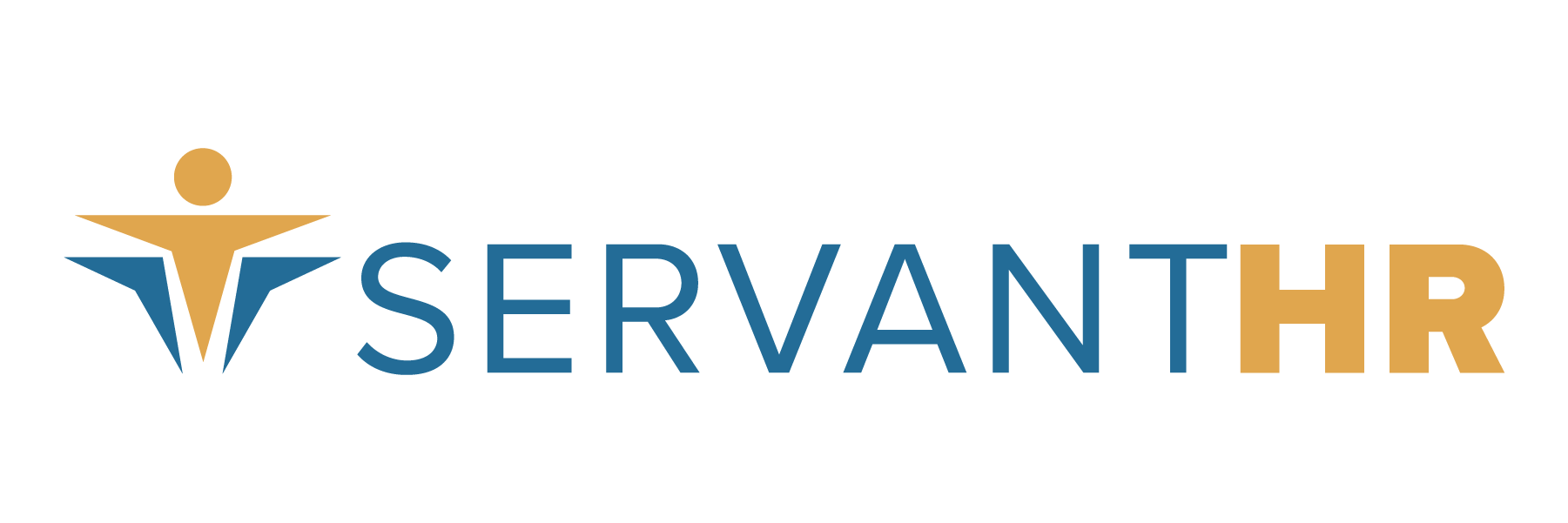Halloween is just around the corner, and yet… few things spook employees more than those looming, end-of-year reviews.
A recent survey of 1,000 full-time employees found that one in four have called in sick because they were anxious to face an appraisal. Almost 75% felt “in the dark” about how their managers viewed their performance leading up to review, and 62% felt blindsided afterward. In the aftermath, 15% have cursed, 15% have cried and 28% have started looking for other jobs.
If employees are ghosting, impending performance reviews should spook employers as well. But the review process doesn’t have to be so scary! Here are three tips for making performance reviews more of a treat than a trick:
1. Start Early
Feedback should be established as routine upon hire. Performance reviews don’t have to be once a year, doomsday meetings—they can be monthly or weekly touchpoints that start as early as an employee’s first day. Early reviews are a chance to develop trust and relationship between manager and employee and to get employees comfortable with talking about their performance.
Consistent communication and feedback from the start helps employees understand the purpose of appraisals and develop confidence in the review process.
Employers can also provide new hires with their performance review format so there are no surprises. This gives employers leverage and prevents employees from getting blindsided.
2. Converse
The first tip makes this second tip a lot easier. If relationship is not established, it’s common for managers in performance reviews to talk… a lot. However, a performance review is most effective as a discussion, not a lecture. Lectures can make employees feel like they’re just being yelled at, but intentional, back-and-forth conversation allows employees to experience trust and respect from their manager. Managers encourage this kind of conversation simply by asking questions. Good performance reviews offer space for employees to consider their goals, preferences, set-backs, achievements and failures. Rather than listing off highs and lows, employees are best motivated by analyzing individual potential and growth. A review should prioritize gaining insight into the performance of both employee and employer, which means feedback about management should be prompted as well.
3. Be Positive
Healthy organizations don’t sweep issues under rugs. Problems are dealt with right away and any necessary critique or discipline happens in real time—not months later at a performance review. Honest confrontation and consistent communication should be practiced daily in order to ensure positive performance reviews. Spending the majority of time on the positive aspects of an employee’s performance is almost always more effective than spending the majority of time on the negative. Don’t neglect areas that need improvement, but no employee’s performance is completely negative—make sure that is not being reflected in the review. Acknowledge failures by asking questions, exploring options and landing conversations on upbeats. People are best motivated when specific actions are recognized and appreciated. Providing direct encouragement and ways for improvement keeps performance reviews constructive and cultivates healthy work relationships.
Trust and relationship is at the core of effective reviewing. If done early and often, performance reviews don’t have to be daunting, vague meetings that hang over the holidays. Asking good questions and seeking the best for employees develops respect—enabling managers to humbly accept feedback and constructively analyze ways for employee improvement.
Need ideas for review formats? Still feeling a little spooked? We’re here to help. Contact us today!






